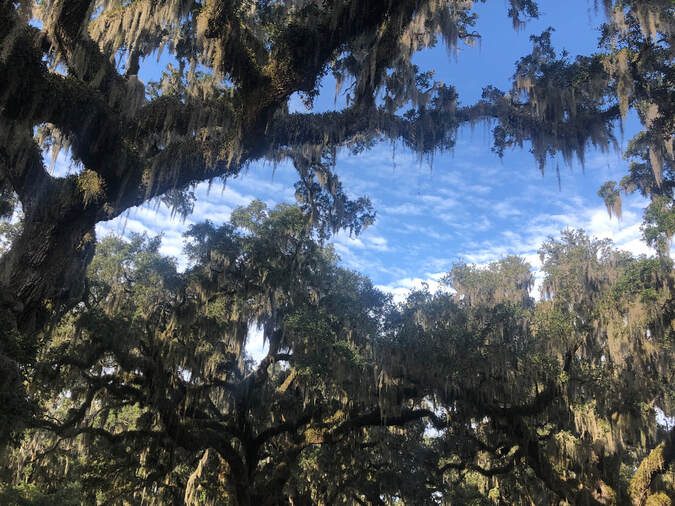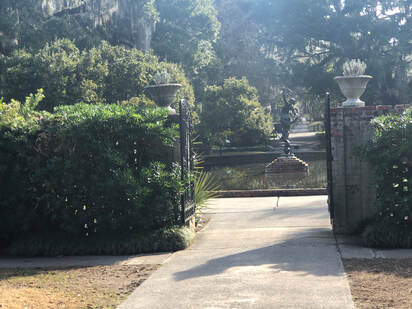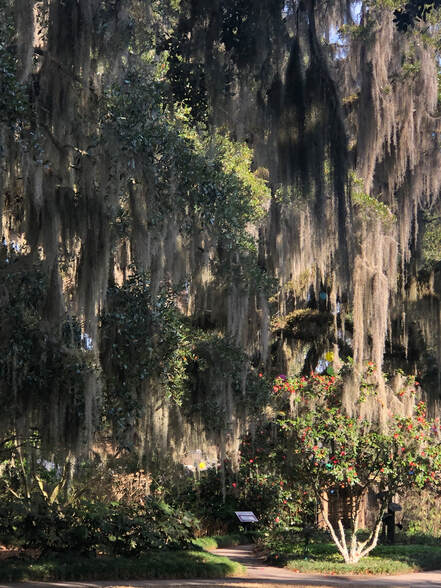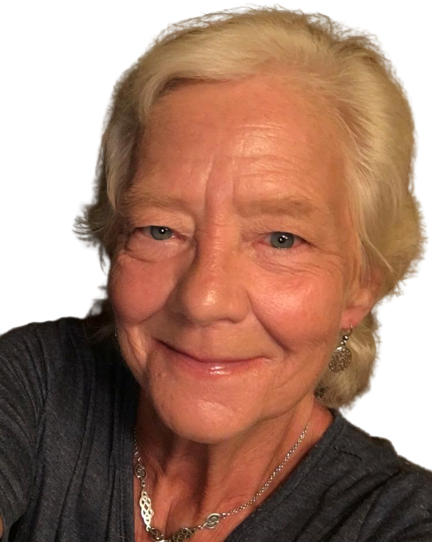
We’re still waiting to move into our new home. There’s a hold-up with the title, so Silke and I are searching for ideas on landscaping our yard while the bureaucratic red tape runs its course. As I stated in my previous post, we have a blank canvas to design our pollinator wonderland any way we want.
Looking Online
Since we’re both new to this venture, we’ve been looking online for inspiration. Folks all over the world have created magnificent gardens that I’d love to emulate. Of course, it’ll take years to replace all our turf grass and bare ground with a colorful panorama that’ll reflect our dreams. But we’ve got to start somewhere, right?
GrowItBuildIt.com must have been reading my mind. Last weekend, they published an article on starting a native plant garden from scratch. I was already familiar with the basics – choosing the site(s), determining the sunlight, moisture, PH, etc., prepping it, and choosing the proper flowers. However, having all the information in one spot for reference is nice. It’s a keeper!
The blog post reminded me that time is slipping away to prepare the seeds for spring. I had planned to spend the colder months winter sowing the wildflower seeds I’d collected last summer and autumn. Unfortunately, though, that project is still on standby until I have a permanent residence. Hopefully, I’ll have a chance to winter sow some annuals during February.

Meanwhile, there are other sources of inspiration of which we can take advantage.
Brookgreen Gardens is a fabulous 9000-acre nature preserve housing magnificent sculptures and native habitat.
Confession time: I’ve lived in this area for 30 years, and this past weekend was the first time I visited Brookgreen Gardens. I’ve wanted to go, but being an introvert, the crowds swarming the numerous Myrtle Beach tourist attractions, along with unpredictable traffic prevented it. I’ve never been brave enough to drive up there. But luckily, this time, Silke offered to chauffeur us.
I’ve got to admit, I regret missing out on such a treasure for all those years. It was worth the hassle. The place is a naturalist’s paradise!
The property comprises formal gardens as well as undeveloped salt marshes, woodlands, and river bluff forests that protect over 2,000 species of native plants and insects along with a variety of other wildlife, including wild turkeys, fox squirrels, and a multitude of songbirds.
There was too much to see in one trip. We bypassed the non-native flowers populating the formal gardens and toured the lesser-traveled paths with guides from the Native Plant Society. We only visited a small portion of the acreage, but it was awesome. Strolling along the walkways was an educational experience. In just a few hours, I learned a lot about the indigenous plants in this area.
Horticulturist Jason Flynn gave us a tour of his pride and joy – Brookgreen’s native plant garden. He explained how local geology played a role in the evolution of plants, insects, and animal life in South Carolina, and highlighted some of the effects of humans on nature. We’ll have to return in the summer to experience the grandeur of Jason’s garden in full bloom. Sadly, all we observed this time around were the remaining stems and dried flower heads of the native plants. However, we did get the names of some flowers and shrubs we can plant in our yard. Excellent!
On the next trip, I plan to follow the Trail Beyond the Garden Wall (TBGW). Originally, it was reserved for staff as a shortcut between the north and south ends of the Gardens. However, now it’s open for the public to see and admire the fantastic native plants out there.

I look forward to incorporating everything Silke and I have learned into our Hometown Habitat. It’ll be a learning experience for us and, hopefully, our neighbors. Through our efforts, I hope to spread the word about the decline of pollinator populations, loss of habitat, and the importance of reintroducing native plants while having fun playing in the dirt. Keep your fingers crossed we can make a positive difference.
 RSS Feed
RSS Feed
